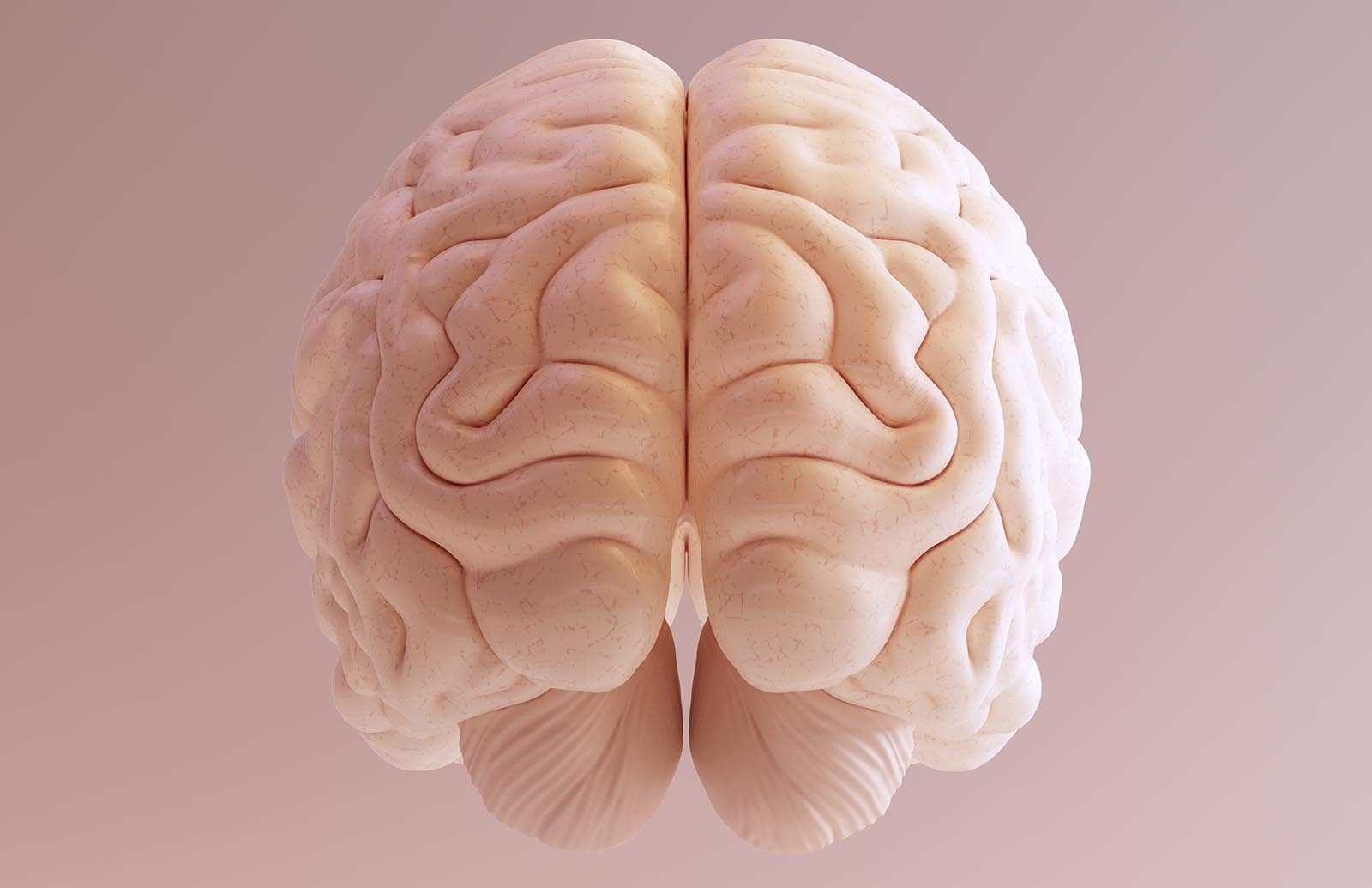In what just might be one of the most horrifying scientific twists of the year, scientists have managed to keep a pig brain alive for five hours while it was separated from its body. New research published in Scientific Reports details how the researchers accomplished this feat of brain preservation, and it’s absolutely bonkers.
For starters, keeping the brain alive outside of the body, away from the connections that typically run between it and the heart, is astounding. However, the fact that the researchers created a device that was able to do this for five hours means that we could have new ways to study the brains of animals and maybe even humans one day.
The brain is still a very mysterious organ, and while we have learned a lot more about it in the past several decades, it’s impossible to study it outside of the human body, at least until now. This novel brain preservation method could very well be the key to unlocking more detailed information about how our brains work.

To achieve this goal, the researchers used a process known as extracorporeal pulsatile circulatory control or EPCC. This helped keep the brain supplied with the nutrients, oxygen, and blood that it needed to keep working. This particular study looked at how a lack of glucose impacts the function of the brain.
While we’ve been able to study this before by changing the diet of the subject and even using insulin injections, the human body is remarkable and can often create ways to correct or alter the brain’s behavior. Obviously, this can create muddied results. But, with a brain preservation method that lets us remove it from the body altogether, that may no longer be an issue.
And it’s possible that the researchers could have kept the pig brain alive for even longer than five hours. That’s just when they cut the experiment. However, the data suggests that they likely could have kept it alive for much longer, which is very promising for the types of research that will rely on these methods.
